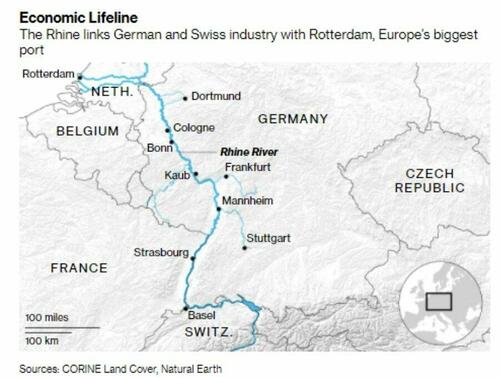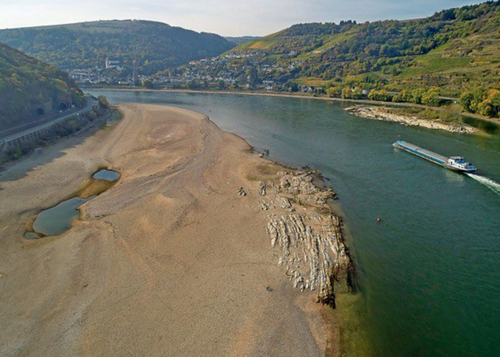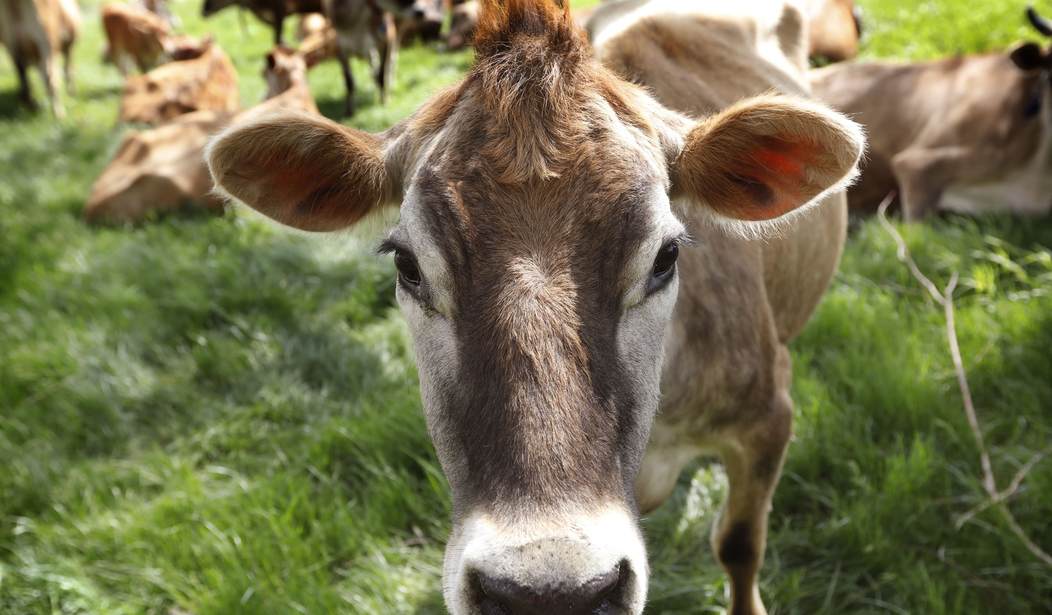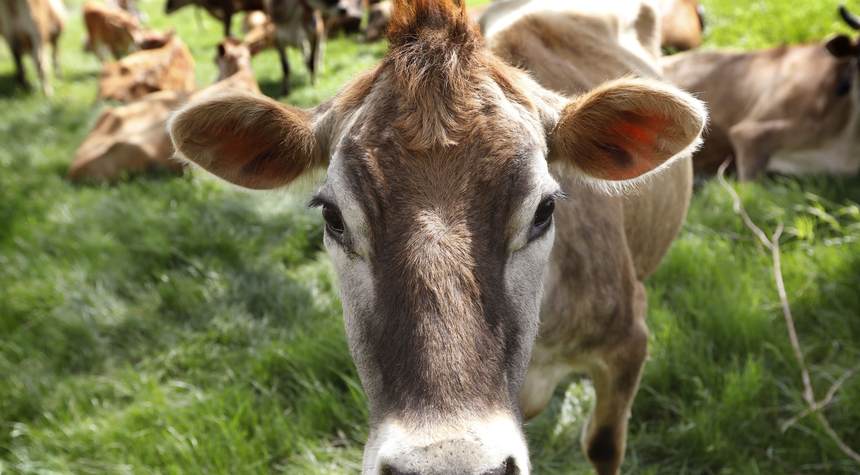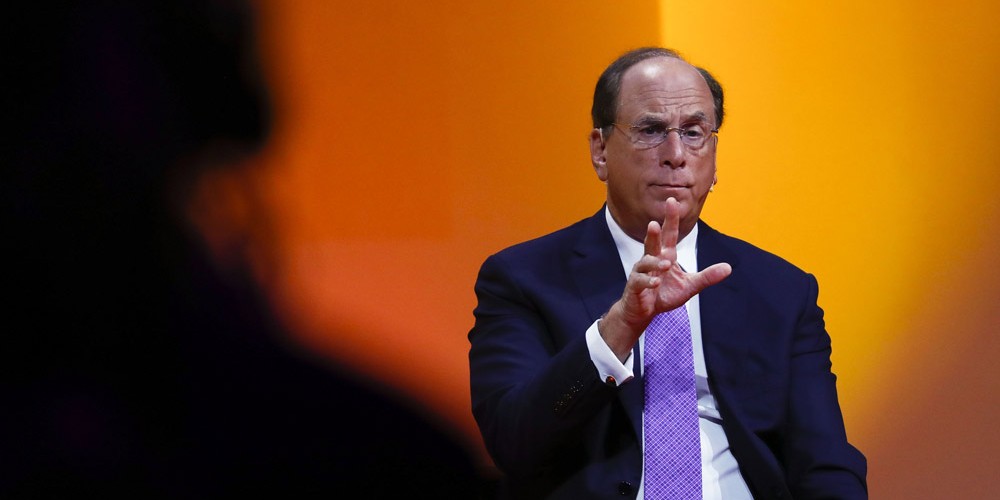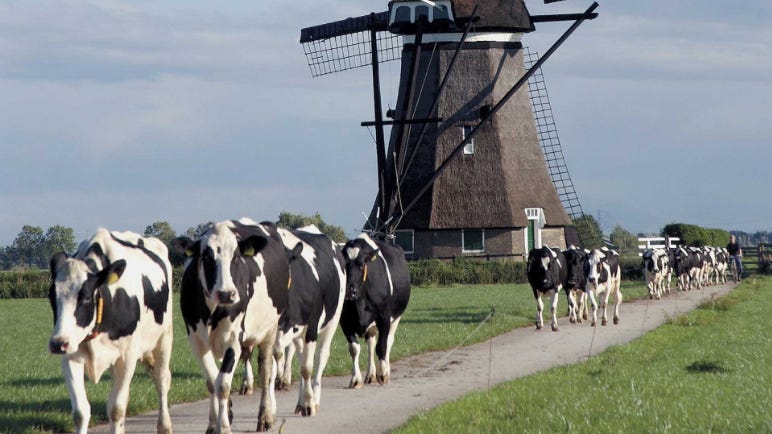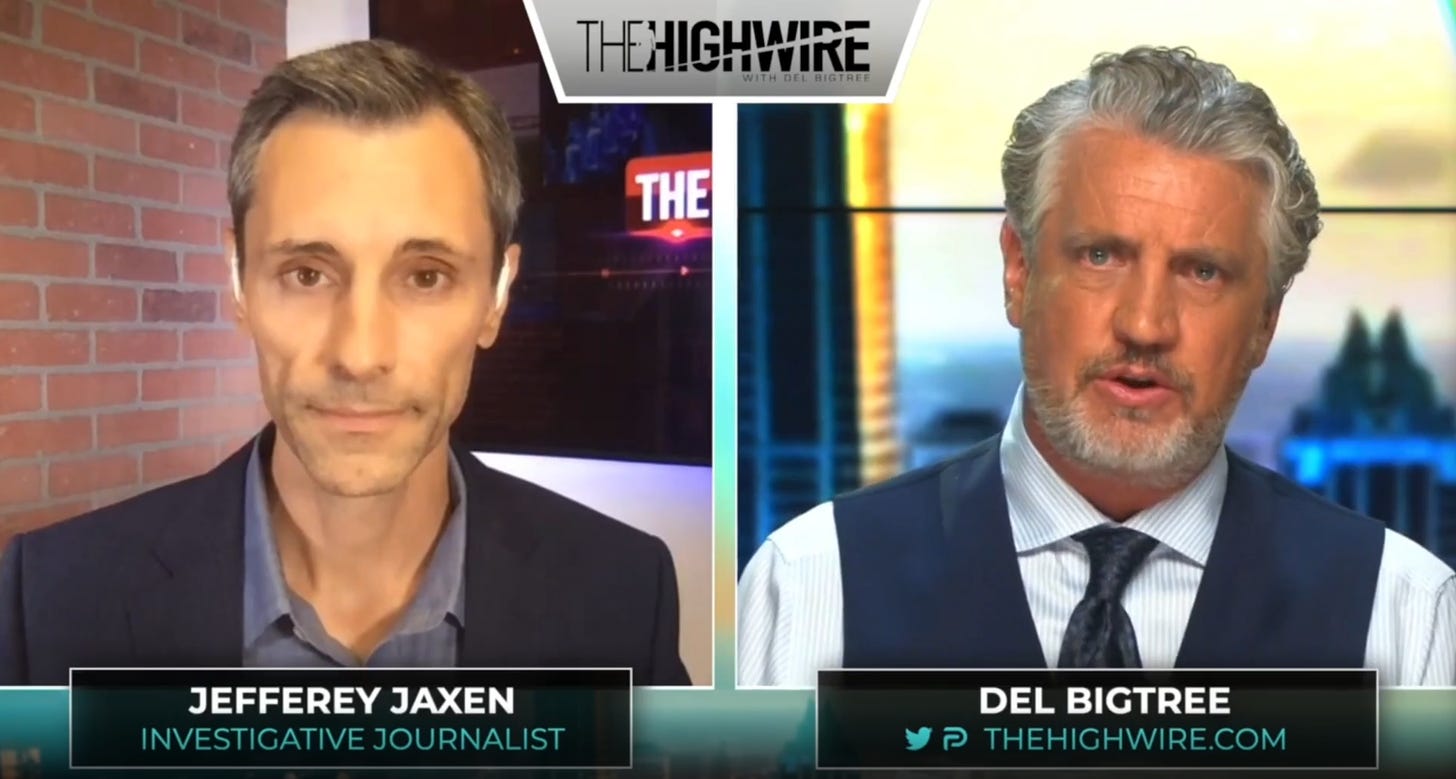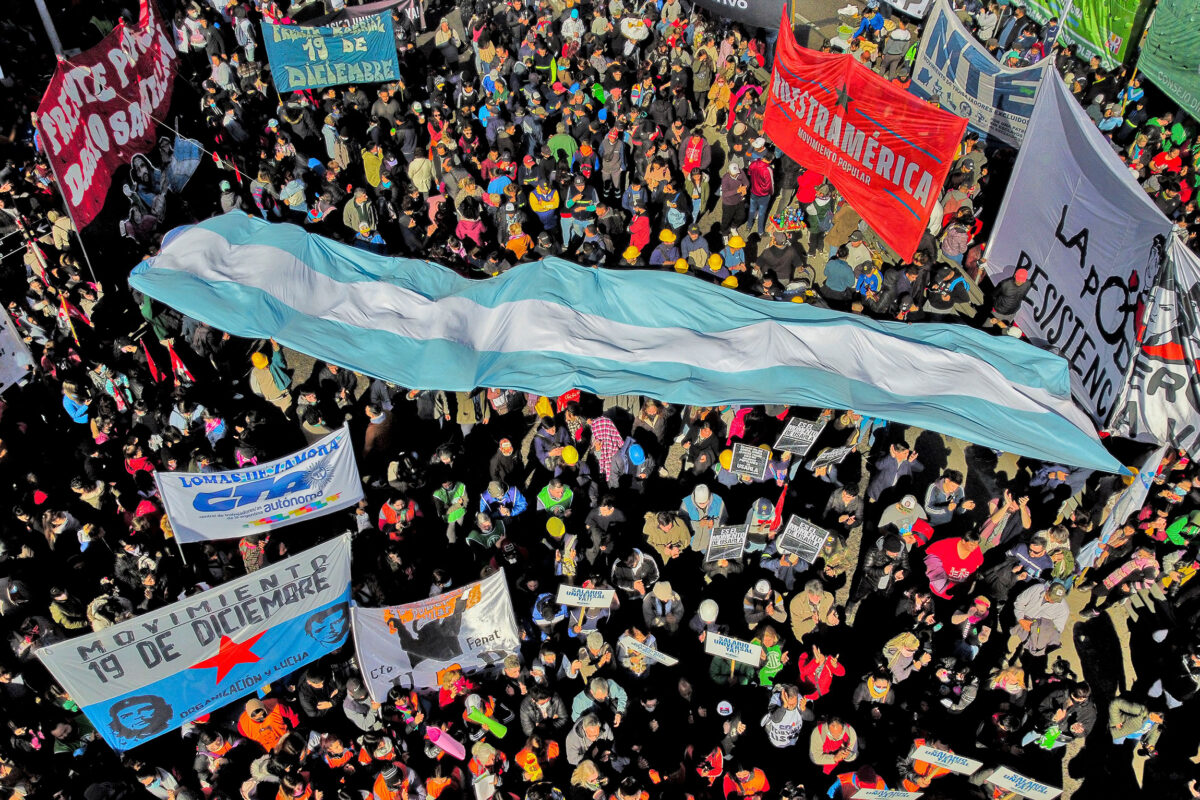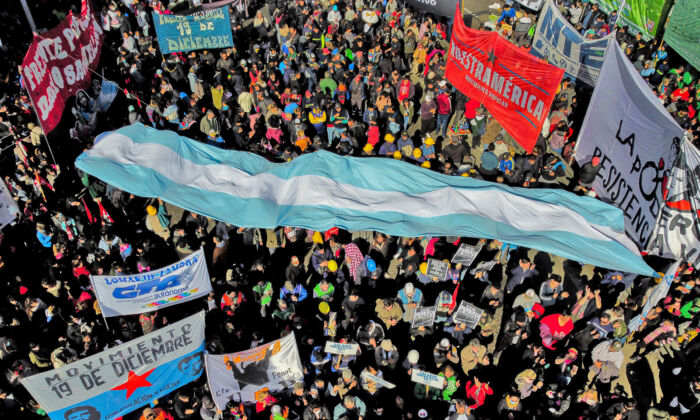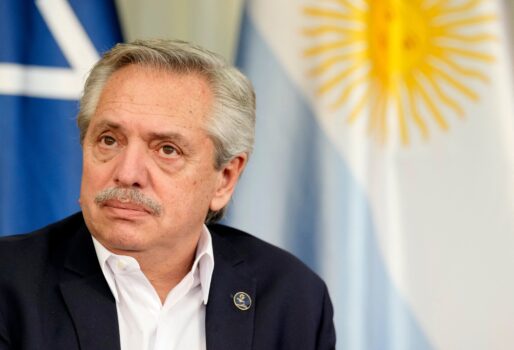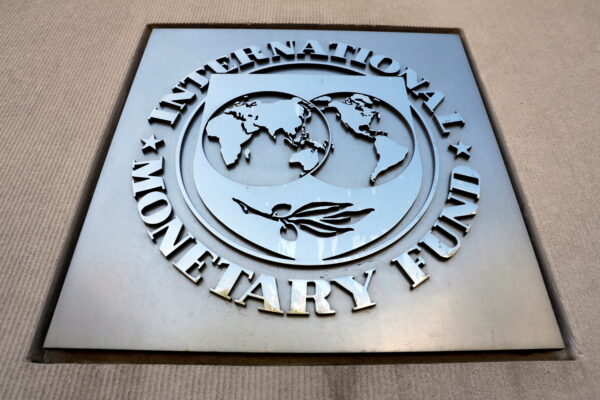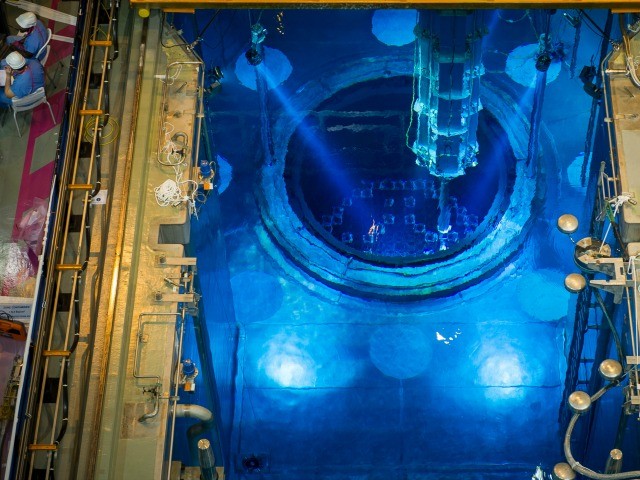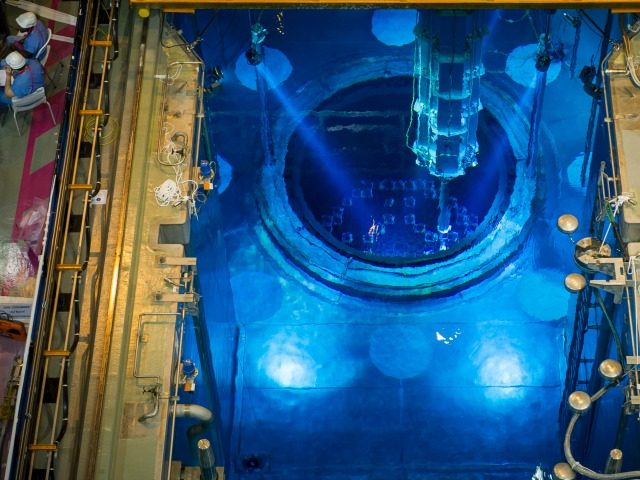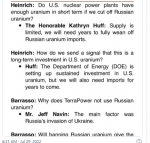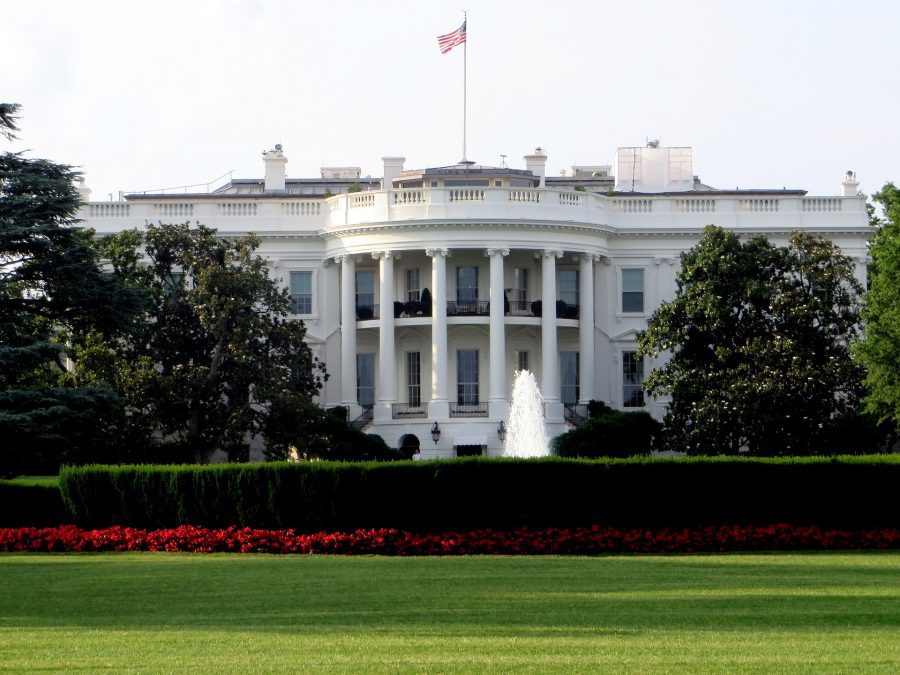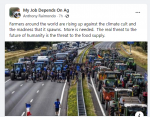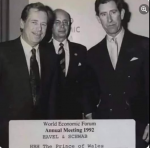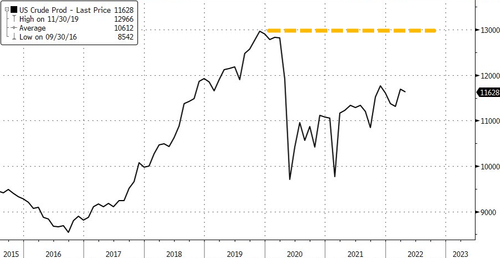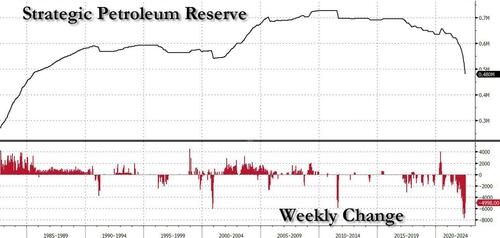Part 2 of 2
World Economic Forum ‘Partnership’
Alongside the U.N. are various “stakeholders” that are critical to implementing sustainable development policies through “public-private partnerships.”
At the heart of that effort is the WEF, which since 2020 has been pushing a total transformation of society known as the “Great Reset.” In 2019, the WEF signed a “strategic partnership” with the U.N. to advance Agenda 2030 within the global business community.
Logo of the World Economic Forum taken at the Congress Centre 24 January 2007. (JOEL SAGET/AFP via Getty Images)
The official agreement defined “areas of cooperation to deepen institutional engagement and jointly accelerate the implementation of the 2030 Agenda for Sustainable Development.”
Many of the key officials behind Agenda 2030, including top U.N. leaders such as current Secretary-General António Guterres—a self-proclaimed socialist—have also been working with the WEF for decades.
Meanwhile, the WEF has been explicit with its goals. It recently launched a “Food Action Alliance” (FAA) that acknowledges on its website that Agenda 2030 “informs the ambition of the FAA to provide an enduring and long-term platform for multi-stakeholder action on food systems to meet the SDGs.”
Alongside the U.N.’s “Food Systems Summit” in September 2021, the WEF’s FAA released a report outlining its own “
leadership agenda for multi-stakeholder collaboration to transform food systems.”
Among other elements, the document summarizes the FAA’s insights on “supporting transformative food system partnerships, and its value proposition beyond the UN Food Systems Summit 2021 towards achieving the UN Sustainable Development Goals.”
The WEF’s public concern with transforming agriculture and the food supply goes back over a decade, at least.
In partnership with various companies, the WEF released a 2010
report outlining a “new vision for agriculture” that included a “roadmap for stakeholders.” Many of the world’s largest food companies that dominate the market and own countless popular brands are involved.
The WEF’s website is packed with information purporting to justify a total transformation of the food supply by “stakeholders.”
“As global food systems become increasingly interconnected, effective coordination among a diverse set of stakeholders will be required,” WEF says on its “
Strategic Intelligence” platform, frequently citing the FAO as its source.
“The potential to craft new, systemic approaches to food systems that include a diverse array of stakeholders presents opportunities to help sustainably feed the world well into the future.”
The organization’s frequent references to “stakeholders” refers to governments, companies, and so-called nongovernmental organizations that are often funded by those same companies and governments. They are all working together on the issue.
For instance, the WEF boasts that it has brought corporate giants such as Coca-Cola and Unilever into the fold toward promoting a “more sustainable future.”
The Rockefeller Foundation, which recently
released a report on how to “Reset the Table” and “Transform the U.S. Food System,” is also a key player.
The WEF’s “Food Innovation Hubs” around the world are set to be a major part of this global transformation.
Speaking to the World Economic Forum on “transforming food systems and land use” at last year’s Davos Agenda Week, Dutch Prime Minister Mark Rutte
announced that the Netherlands would host the “Global Coordinating Secretariat of the World Economic Food Innovation Hubs.”
The secretariat, he said, “will connect all other Food Innovation Hubs” in order to facilitate creating “the partnerships we need.”
Neither the WEF nor the Rockefeller Foundation responded to requests for comment on their role in Agenda 2030 and on the agricultural policies being pursued around the world.
Other organizations and entities involved in the push include powerful tax-exempt foundations such as the Gates Foundation, the EU-style regional governments proliferating around the world, and various groups funded by them.
Squeezing Farmers—and the Food Supply
All over the globe, U.N. SDG-aligned government policies are squeezing farmers—especially smaller, independent producers unable to absorb the added costs of added regulation and control.
Celebrating U.N. sustainability ideas, recently ousted Sri Lankan President Gotabaya Rajapaksa
announced at the U.N. COP26 climate summit in 2021 that his government was banning chemical fertilizers and pesticides.
Police use water cannons to disperse farmers taking part in an anti-government protest demanding the resignation of Sri Lanka’s President Gotabaya Rajapaksa over the country’s economic crisis in Colombo on July 6, 2022. (-/AFP via Getty Images)
“Sri Lanka recently restricted the imports of chemical fertilizers, pesticides, and weedicides due to public health concerns, water contamination, soil degradation, and biodiversity impacts,” Rajapaksa told world leaders, to widespread acclaim.
“Although opposed by entrenched lobbies, this has created opportunities for innovation and investment into organic agriculture that will be healthier and more sustainable in future.”
In reality, even though they were promptly rolled back, the policies produced catastrophic food shortages, widespread hunger, and eventually a popular revolt that ousted the president and his government.
In 2019, the socialist Sri Lankan government also partnered with the U.N. Environment Programme to
establish the U.N. Global Nitrogen Campaign, which promotes the U.N.-backed policies on nitrogen that are now proliferating worldwide.
In the Netherlands, headquarters for the WEF’s “Food Innovation Hub” secretariat, authorities are imposing nitrogen policies that are expected to decimate the nation’s highly productive agricultural sector. The plans also include widespread expropriation of farms.
“The expropriation plans of the cabinet are a downright declaration of war on the agricultural sector,” said Dutch Member of Parliament Gideon van Meijeren, of the Forum for Democracy party, as cited by De Dagelijkse Standaard. “Under false pretenses, farmers are being robbed of their land, centuries-old farms are being demolished and farmers’ families are being totally destroyed.”
Experts warned of dangerous consequences stemming from such sustainability policies including food shortages, skyrocketing prices, social unrest, and more.
“You can glimpse the green, sustainable future by beholding Holland and Sri Lanka now,” Bonner Cohen, a senior fellow at the National Center for Public Policy Research, told The Epoch Times.
And yet, the agenda is spreading rapidly. Canadian federal authorities last week announced similar restrictions on fertilizers and nitrogen after restrictions on energy production were put in place, sparking outrage from provincial officials and farmers.
In Ireland, the United Kingdom, and other European nations, various government entities are also working to slash agricultural production under sustainability programs.
Meanwhile, aside from continuing with policies that pay farmers not to grow food, the Biden administration is seeking to impose WEF-backed “Environmental, Social, Governance” metrics and reporting on companies through the U.S. Securities and Exchange Commission.
Farm associations and more than 100 members of Congress argue that the plan would bankrupt owners of small and medium-size farms unable to comply with climate reporting requirements to do business with public firms, even as the world moves toward widespread food shortages.
In part, experts say the insistence on these sorts of policies is because those imposing them are largely insulated from the damage they are causing.
“Global elites in government, transnational organizations, corporate boardrooms—well represented in the WEF—are so caught up in their climate virtue signaling, from which many hope to benefit financially through investments in green energy, that they are slow to notice that they are completely detached from reality,” said National Center for Public Policy Research’s Cohen, who specializes in environmental issues.
“Few of those imposing regulations on farmers have ever set foot on a farm. By virtue of the power and wealth these people already have, they are shielded from the consequences of the misguided policies they impose on the rest of the world. That burden is borne by ordinary people around the world, about whom the Davos crowd and their partners in crime know nothing.”
Small, Independent Farms at Risk: Experts
Sri Lanka’s disaster offers a preview of what will happen to the United States and Europe if policymakers continue to follow the U.N. sustainability agenda, according to Sterling Burnett, who holds a doctorate in environmental ethics and leads the nonprofit Heartland Institute’s Arthur B. Robinson Center on Climate and Environmental Policy.
“It’s not a war on farming; it’s a war on small farming and independent farmers,” he told The Epoch Times. “It’s a war in support of elite, large-scale agricultural industries.”
Farmers gather with their vehicles next to a Germany/Netherlands border sign during a protest on the A1 highway, near Rijssen, on June 29, 2022, against the Dutch Government’s nitrogen plans. (VINCENT JANNINK/ANP/AFP via Getty Images)
Even though the U.N. SDGs speak of helping “small-scale food producers,” Burnett argued that independent farms and ranches are in the U.N.’s crosshairs to help consolidate control over the food supply.
Policymakers are “in the pocket” of major corporate interests including Conagra, BlackRock, State Street, Vanguard, and others, he said.
“They would just as soon have all their small competitors put out of business,” he said, echoing concerns expressed by numerous other experts.
BlackRock CEO Larry Fink, whose firm manages more money than any other company in the world, “wants to impose his values on companies using other people’s money,” Burnett said.
Fink, who serves on the board of the powerful Council on Foreign Relations and works closely with the WEF, is a key architect of the push to impose “environmental, social, governance” metrics on U.S. companies.
“This is the super-rich foisting their values on the rest of us,” said Burnett, pointing to those he says are happy to work with communists on the effort.
“As far as the World Economic Forum is concerned, you can’t have a Great Reset if you don’t reset the food supply, because food is necessary to everybody,” he said. “Stalin recognized this: Whoever controls the food controls the people. Same with energy.”
As prices soar and farmers go bankrupt, major corporations, in league with governments and international organizations, will pick up the pieces.
In the meantime, as seen recently in Sri Lanka, hungry people pushed to the brink are likely to react.
“People were not starving on January 6,” said Burnett, referring to the Jan. 6, 2021, protest and breach at the U.S. Capitol. “The supply chain crisis is happening, shelves are already going empty, and when people are hungry, they will not sit around and do nothing.”
American Policy Center founder and President Tom DeWeese, a leading expert on and critic of U.N. notions of sustainability, warned that the war on farmers was part of a broader agenda to strip people of freedom.
“Always in the past, when tyrannical forces wanted to rule the world, they built armies and invaded, broke things, killed people, and forced subjugation,” DeWeese told The
The Epoch Times. “We are now dealing with a diabolical force that has figured out a way to get us to voluntarily surrender our liberties and help them subjugate us.
“What could be such a powerful tool? The threat of Environmental Armageddon,” he said, pointing to the climate-change narrative as the prime example.
Citing numerous U.N. officials and documents, DeWeese says the agenda isn’t to save the climate, but to transform the planet and centralize control over the populace.
Aside from the U.N. and the WEF, major companies such as Vanguard and BlackRock are working to take over and control the food supply, he said.
Already, a handful of companies in which those two investment firms are top shareholders dominate the global food and beverage industry. By taking over the farming, they will control it all.
“The goal is to have total control over food production,” he said, noting that they seek to own all seeds and even grow synthetic meat in facilities already being backed financially by Bill Gates and other billionaires.
Bill Gates at an event in New York City, on Nov. 6, 2019. (Mike Cohen/Getty Images for The New York Times)
Genetically engineered crops are high on the agenda, too.
The U.N., the WEF, and others are also moving forward with promoting insects and weeds as food. Across the Western world, insect protein production facilities are popping up rapidly.
But it gets even darker, DeWeese says.
“If people are starving, they are much easier to subjugate,” he said, adding that depopulation and control over humanity have been on the agenda of global elites for decades.
The “war on farmers” also comes amid what critics have described as a government-backed “war on energy” that’s affecting agriculture and virtually every other sector.
This includes limiting energy exploration, shutting down power plants, charging special fees and taxes, and other policies that have resulted in rapidly rising costs across the Western world, although not in places such as China.
The experts interviewed by The Epoch Times urged Americans to resist the war on farmers and the U.N.-backed sustainability policies using a variety of means. These include getting involved politically, adopting different shopping habits, finding alternative sources of food such as local farmers, and other measures.
Officials at the U.N. didn’t respond to requests for comment.

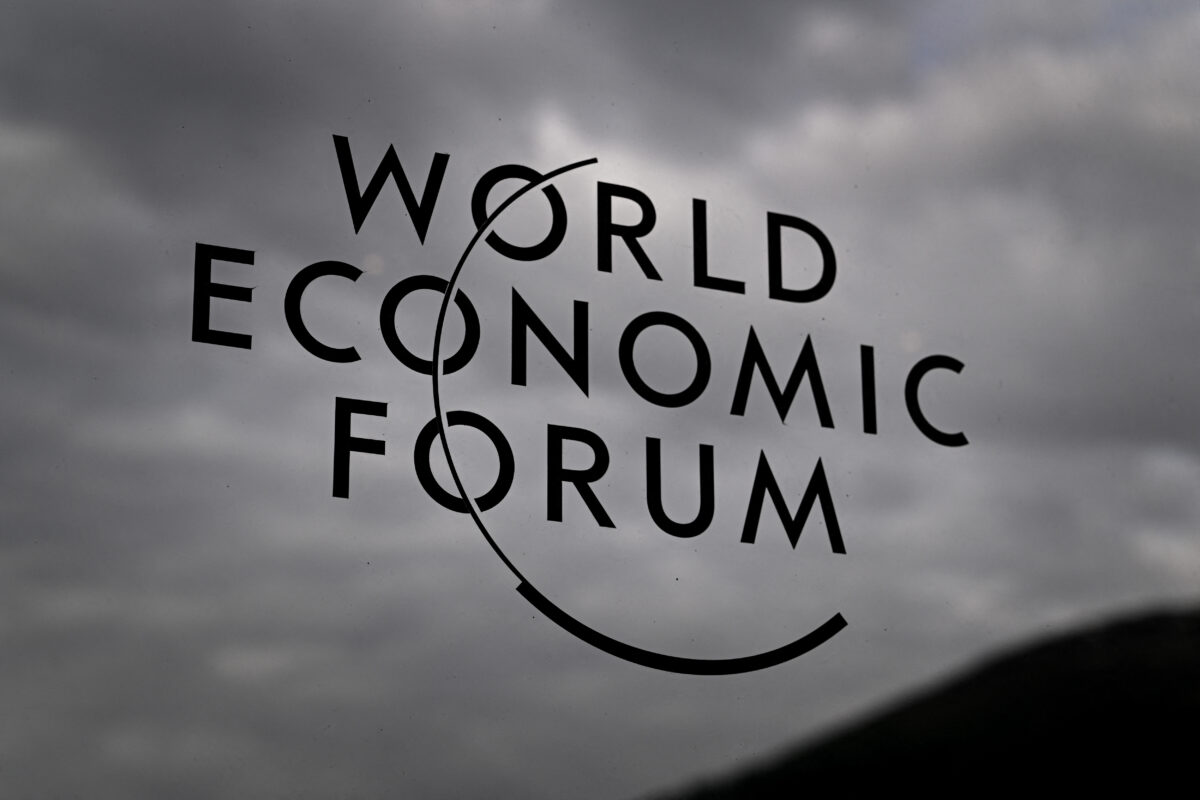

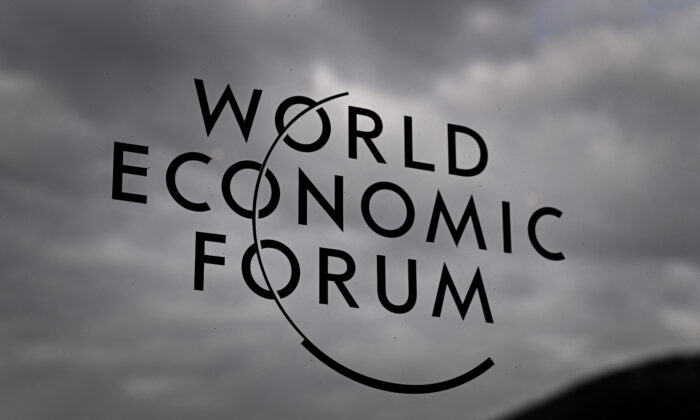
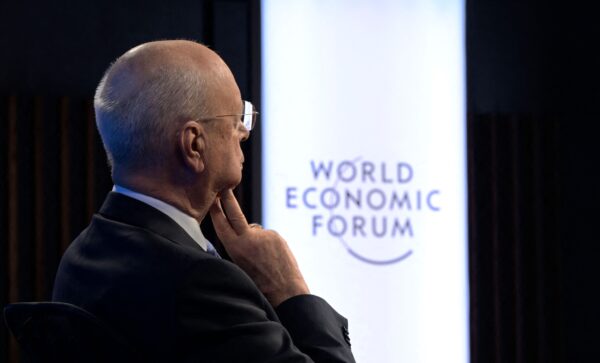


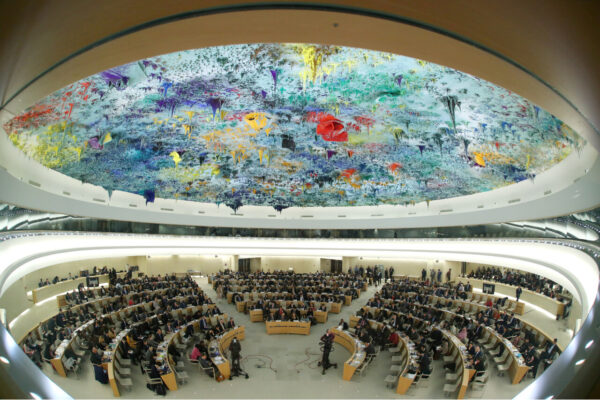
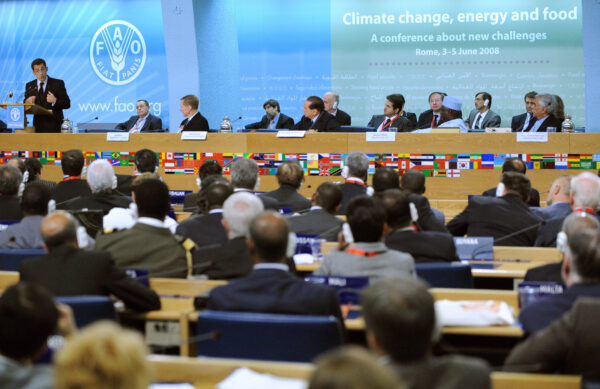
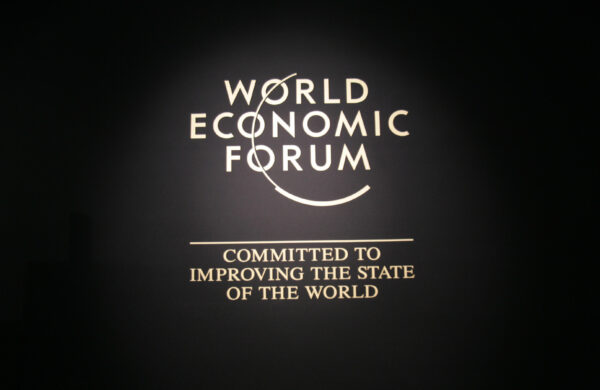




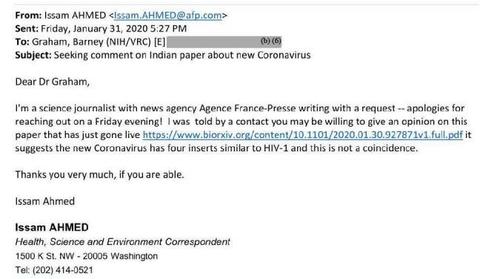

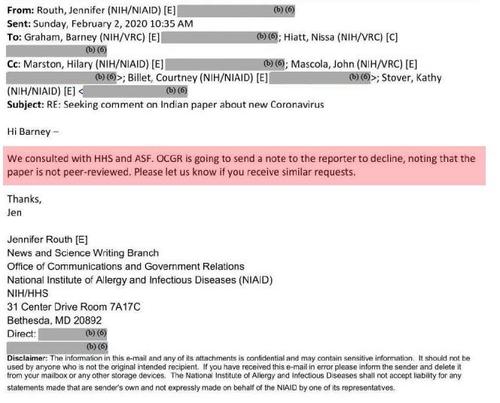
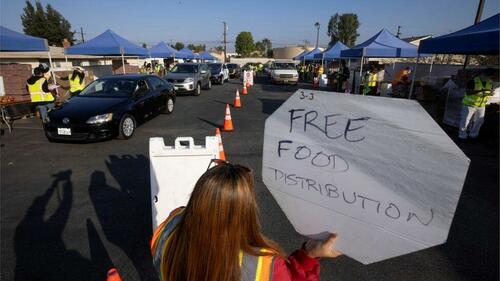

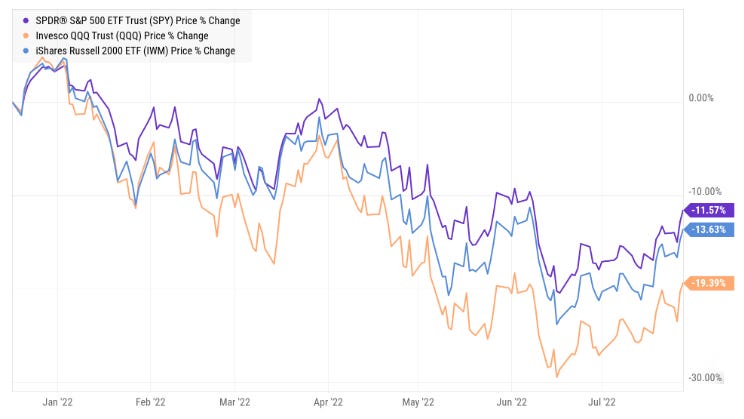

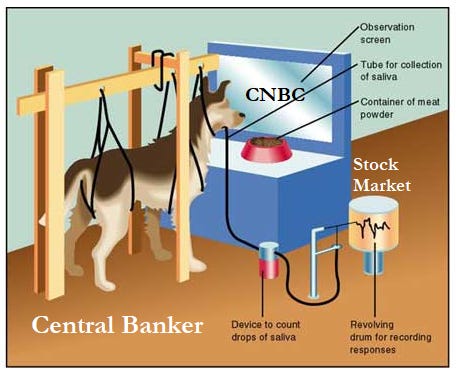
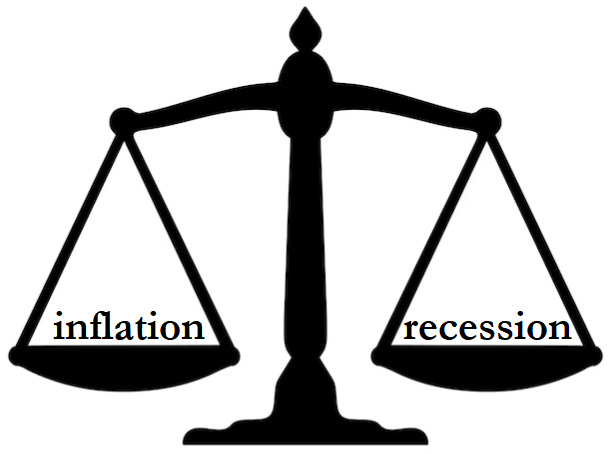
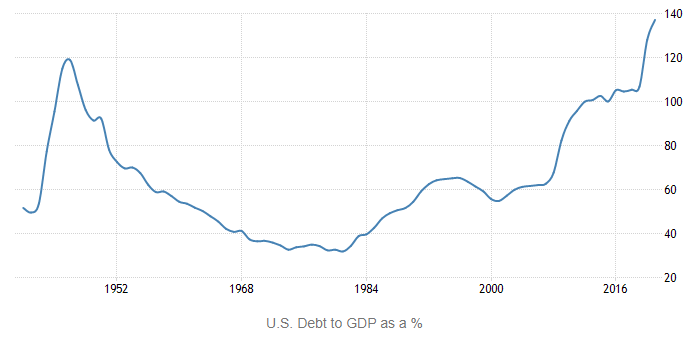

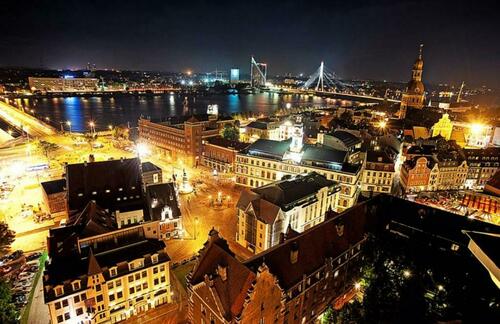 Image source: Riga Municipality
Image source: Riga Municipality


